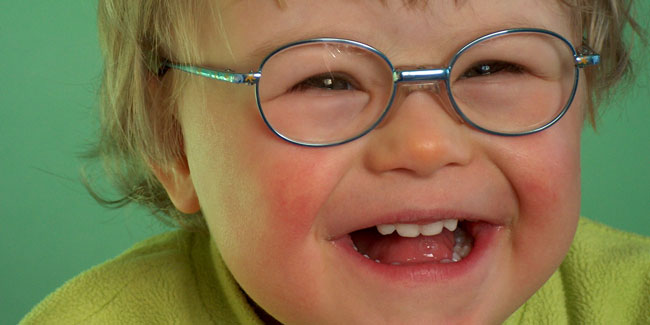
Smith-Magenis syndrome refers to a developmental disorder that affects more than one part of the body. Some of the major factors about this condition include mild to moderate intellectual disability, language skills, delayed speech, distinctive facial features, and behavioural problems and sleep disturbances.
Table of Content:-

Change in Facial Features
Most people who have Smith-Magenis syndrome tend to have a broad, square-shaped face with full cheeks, deep-set eyes and prominent lower jaw. In these people the middle of the face and the bridge of the nose tend to look flattened. The mouth appears to turn downward with a full, outward-curving upper lip. The differences in facial can be subtle during early childhood, though they can be more distinctive in later part of childhood and adulthood. Affected people may also experience dental abnormalities.
Other characteristics
People with Smith-Magenis syndrome may also have disrupted sleep patterns throughout the day; this is especially common early in life. The affected people may feel very sleepy during the day, but have trouble sleeping at night and may find it hard to be awakened.
Those people who have Smith-Magenis syndrome tend to be engaging personalities who are affectionate and sometimes have behavioural problems. Some of these problems include temper tantrums, anxiety, aggression, impulsiveness, difficulty paying attention and outbursts. Self-injury that includes hitting, biting, head banging and skin picking is a common concern among people affected by Smith-Magenis.
Read more articles on Smith-Magenis Syndrome.
How we keep this article up to date:
We work with experts and keep a close eye on the latest in health and wellness. Whenever there is a new research or helpful information, we update our articles with accurate and useful advice.
Current Version
